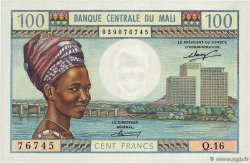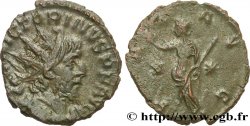v37_1387 - Préparation de la 20 francs Pétain, type Turin, essai en aluminium, tranche striée, 3,6 g 1938 Paris G.853
MONNAIES 37 (2009)
Prezzo di inizio : 250.00 €
Valutazione : 500.00 €
Prezzo realizzato : 250.00 €
Prezzo di inizio : 250.00 €
Valutazione : 500.00 €
Prezzo realizzato : 250.00 €
Tipo : Préparation de la 20 francs Pétain, type Turin, essai en aluminium, tranche striée, 3,6 g
Data: 1938
Nome della officina / città: Paris
Quantità coniata : ---
Metallo : alluminio
Diametro : 34,73 mm
Asse di coniazione : 6 h.
Peso : 3,57 g.
Orlo : striée
Grado di rarità : R3
Commenti sullo stato di conservazione:
De minimes marques de laminage au revers et des traces de doigt dans les champs, sinon un exemplaire splendide sur flan miroir et les bords coupants sous les doigts
N° nelle opere di riferimento :
Pedigree :
Cet exemplaire provient de la collection Pierre-2
Diritto
Titolatura diritto : REPUBLIQUE - FRANÇAISE.
Descrittivo diritto : Tête de la République à droite, coiffée d'un bonnet phrygien lauré ; signé P. TURIN sous le buste.
Rovescio
Titolatura rovescio : 20 / FRANCS / 1938 / LIBERTE / EGALITE / FRATERNITE / ESSAI.
Descrittivo rovescio : En sept lignes, entre deux épis de blé verticaux.
Commento
La pochette qui contenait cet essai était inscrite 3,6, ce qui nous laisse penser que le poids théorique était celui-ci et non 3,5 g. Compte tenu de la situation politique de l’époque, on peut présumer que cette fabrication date en réalité de 1941, au plus tôt, et était un essai de métal pour la mise au point de la 20 francs Pétain, dès qu’il fut certain que le cupro-nickel ne pourrait être utilisé.
The sleeve containing this test was inscribed 3.6, which leads us to believe that the theoretical weight was this and not 3.5 g. Given the political situation at the time, we can assume that this production actually dates from 1941, at the earliest, and was a metal test for the development of the 20 franc Pétain, as soon as it was certain that cupro-nickel could not be used.
The sleeve containing this test was inscribed 3.6, which leads us to believe that the theoretical weight was this and not 3.5 g. Given the political situation at the time, we can assume that this production actually dates from 1941, at the earliest, and was a metal test for the development of the 20 franc Pétain, as soon as it was certain that cupro-nickel could not be used.








 Segnalare un errore
Segnalare un errore Stampate la pagina
Stampate la pagina Condividi mia selezione
Condividi mia selezione Fai una domanda
Fai una domanda Consegnare / vendere
Consegnare / vendere
 Descrittivo
Descrittivo












